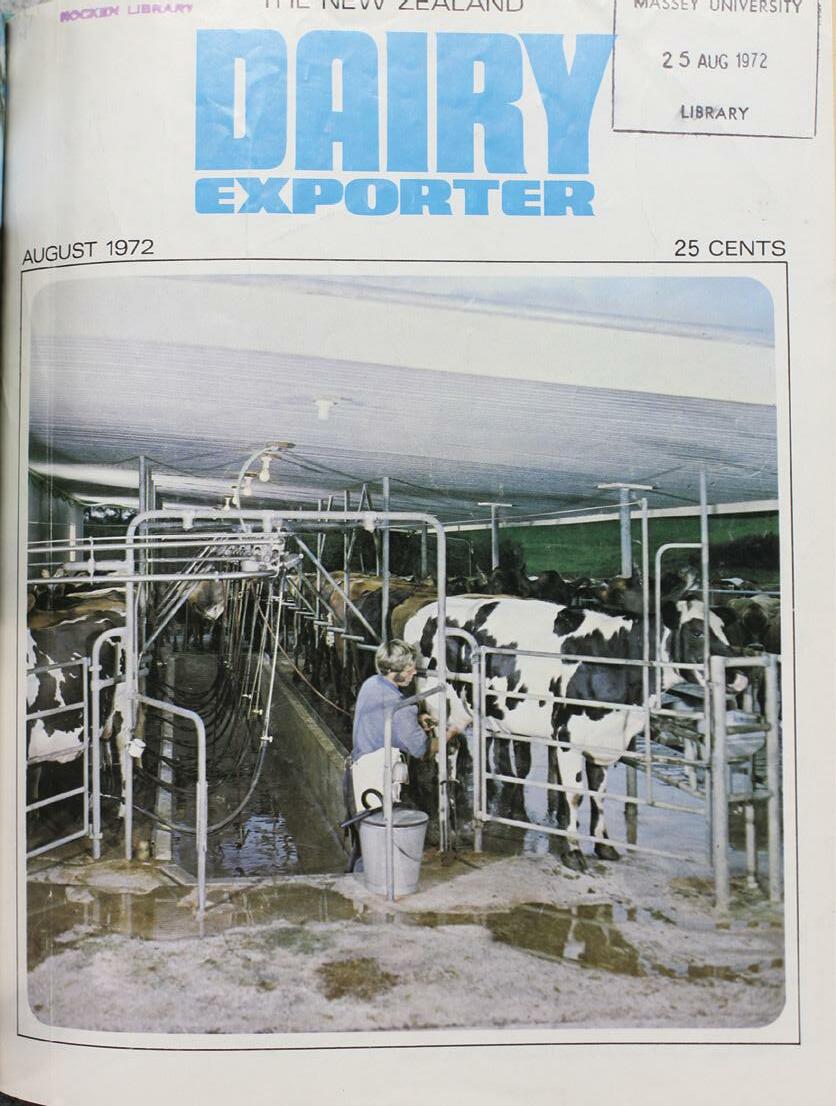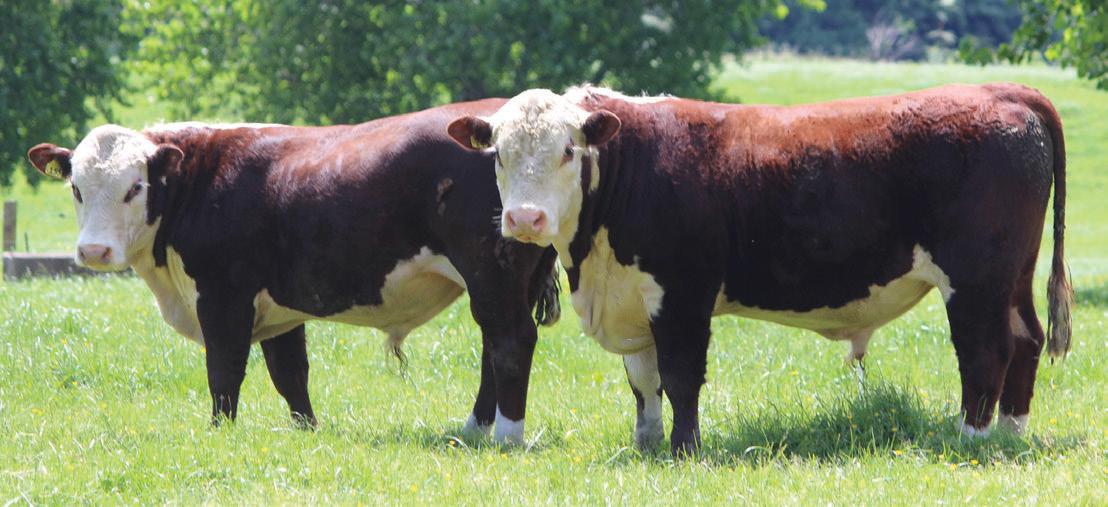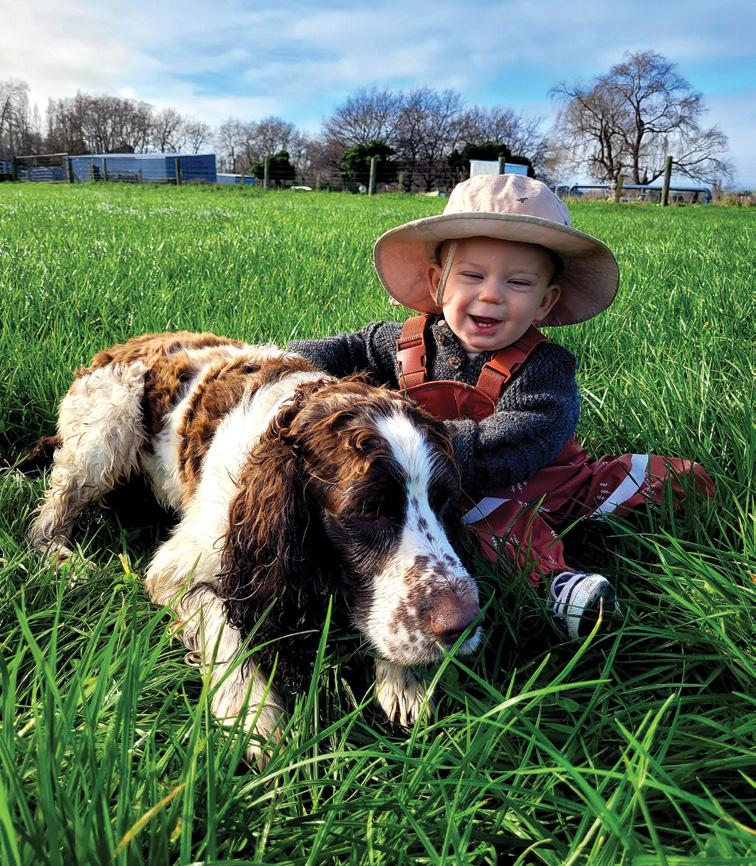MILKING PLATFORM WEST COAST
An obsession WITH GRAVEL Repetitive work got Richard Reynolds thinking.
I
have been spending a lot of time in my office lately (aka my little digger). Owning a digger has some advantages, one of which is most of the time it is pretty repetitive work requiring minimal thought. So as a result you get to think a lot. This time my thoughts did not have to go far, they all centred on gravel and gravel management. The obsession with gravel is based on having to clean one creek out twice this winter, having to put in two new bigger culverts because the original ones blew out twice. I also have had a small creek destroy a neighbour’s culvert and cover the road before coming through my paddock. Most of the effects to me have been minor compared to other farming friends losing large amounts of land and major bridges. My problem with gravel management in New Zealand is, well, we have just stopped doing it, we have resorted to bigger and higher stop banks at ever-increasing costs. We cart boulders around to keep rivers in their “correct place” and the removal of gravel has become an expensive and haphazard event.
I think the only option is to let the waterway do what it wants to do and change course and dump its gravel in a lower-lying area. Where I live we have a short and steep fall from the mountains to the sea and the production of gravel has increased over the last years due to high rainfall events and cyclones killing trees. This is no different to other waterways, it just happens quicker here because of the slope. The basic fact is gravel and water all want to go to a lower area on their journey to the
Dairy Exporter | www.nzfarmlife.co.nz | August 2022
On the West Coast the gravel always bursts out of the bush and searches for a way to the sea. It’s called gravity.
sea. Our farm was made up of these gravel fans over centuries and with us having different gravel coming from each valley we can tell where the creeks have run over past history. Naturally they are always trying to break out of their bed. Moving left or right is the aim of a waterway. Some do this with gravel, some with flax and other plants. It is humans that have Spending time remediating culverts and creeks after winter rains has given built assets like bridges Richard Reynolds lots of time to think that want and need about the grave issues - like gravel waterways to keep where management. they are and for this to happen there has to be gravel management. This management can take the easy option of removing and using the gravel but in some cases the sheer volume of gravel is beyond any need or ability to remove and use the gravel. I think the only option is to let the waterway do what it wants to do and change course and dump its gravel in a lower-lying area. It would take a brave council to have this as a management plan with all the work it would involve of land swaps and taking on the people that believe rivers are sacred and should stay where they are. In the long term it would be a much cheaper and more natural approach to gravel management than what we have at the moment.
13




























